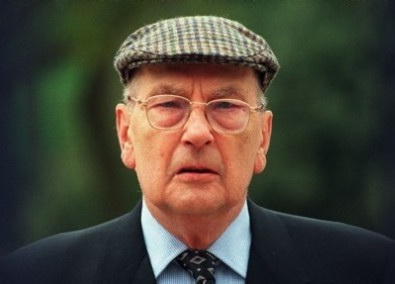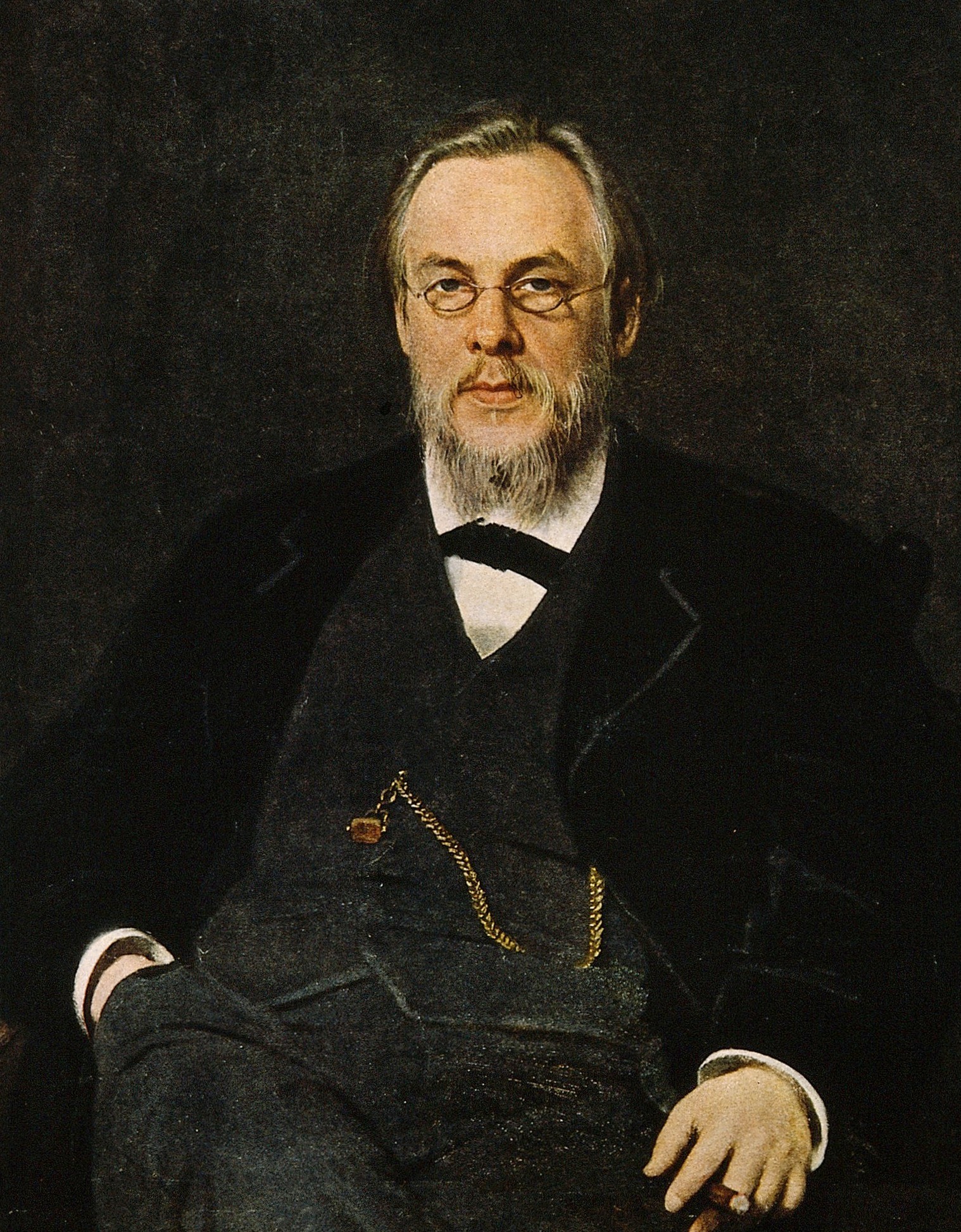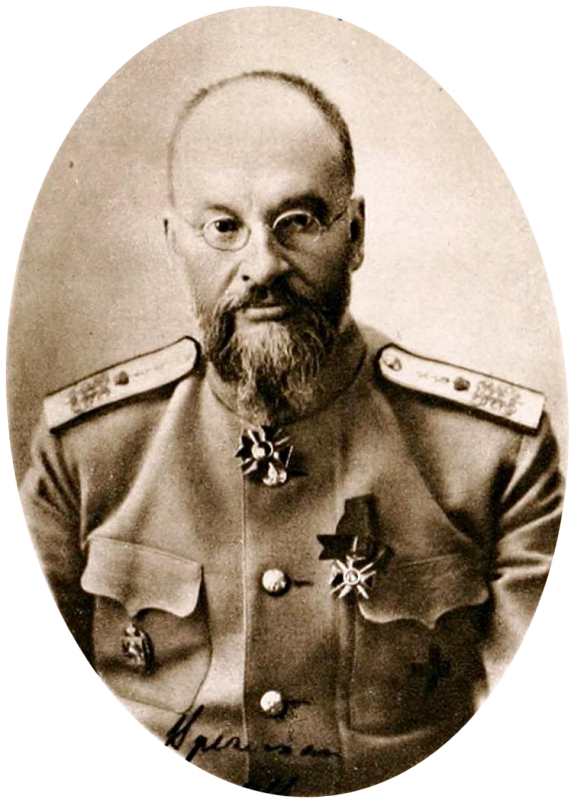Russian historian Vasily Klyuchevsky believed that “the true purpose of charity is not to do good, but to have no one in need of good”
Kirill Privalov
September 5 is celebrated globally as International Day of Charity. It was established 10 years ago by the UN General Assembly. The purpose of the Day is to draw everyone’s attention to the activities of charitable organisations, volunteers and, of course, those who were called “patrons” and “philanthropists” in ancient times. The date was dedicated to the anniversary of the passing away of Mother Teresa of Calcutta. This amazing woman devoted her whole life to serving the poor – first in India and then in other countries.
The Roman Gaius Cilnius Maecenas, who lived in the 1st century BC, had luck to remain in the memory of grateful descendants. Moreover, unlike Herostratus and Midas, or other more real characters, he went down in history as a hero. He patronised culture and arts, laid the foundation for charity as a special form of social support. Subsequently, patronage and charity have become the most important components of social progress.
For Russia, the “golden age” of philanthropy falls on the years at the turn of the 19th and 20th centuries. The conversation that took place ten years ago, but still lives in my memory as if it were yesterday, was focused on that era. And let’s start with the hospital, popularly known as Botkin Hospital.
“Initially, it was named after Soldatyonkov. Kozma Terentyevich Soldatyonkov was an Old Believer merchant. In just a few decades at the end of the 19th century, a whole trading and manufacturing empire grew up under his leadership from a small silk weaving production in Pavlovsky Posad near Moscow”, Constantin Constantinovich Melnik-Botkin said. The last man in the glorious Botkin family, he spent his life in France and achieved a career worthy of any Russian refugee in a difficult emigration period. In the late 1950s and early 1960s, he was a security and intelligence counsel to Prime Minister Michel Debré and President Charles de Gaulle. And after leaving big politics, Constantin Constantinovich became a famous writer, whose books were published, by the way, in Russia, too.
But the main thing in the life of this respectable man, who managed to keep a Russian soul in émigré, was to preserve the memory of his glorious ancestors. First of all, of the remarkable galaxy of the Botkin doctors, the last of which, the honorary physician Evgeny Sergeevich, the grandfather of Constantin Melnik-Botkin, was shot in the Ipatiev House along with Emperor Nicholas II and his family.
“Those few institutions that were considered personalised in Russia, most often bore the names and surnames not of their benefactors, but of their relatives, wives, children, parents, just close people, who deceased untimely and tragically”, Constantin Constantinovich continued. “If the institution received the name of its benefactor, then, as a rule, it happened after his death according to his last will and testament. And even then, in the case of medical institutions, they were often named not in honour of their patrons, but to mark famous doctors. Take, for example, the Moscow City Clinical Hospital named after S. P. Botkin.
Kozma Soldatyonkov owned shops and banks, tenement houses and factories, including the famous Kreenholm Manufacturing Company in Narva. He was a politician and stock trader, a collector of paintings, many of which are now exhibited in the Tretyakov Gallery and the Russian Museum, and the owner of a publishing house with a bookstore. In addition, Soldatyonkov, who received the nickname Cosma de Medici from his contemporaries for his patronage of the arts (in association with Cosimo Medici who was the Florentine duke and philanthropist), was friends with my ancestors, writer Vasily Botkin and art historian Nikolai Botkin. Through them, he also met my great-grandfather Sergey Petrovich Botkin, a famous doctor.

In the second year of the 20th century, Kozma Terentyevich, a merchant of the first guild, an honorary citizen of Moscow, died and was buried at the Rogozhsky cemetery. According to his will, two million rubles (in those days, an incredible amount!) were allocated from Soldatyonkov’s huge capital for the construction of a no-charge hospital for the poor in Moscow. It was intended to service people of all religions, any estates and titles as it was indicated in the will. Especially for this project, the Moscow City Administration allocated ten dessiatines of land in the Khodynka Field in 1903. Construction began in 1908, and in 1910 the official opening of the hospital took place.”
We are sitting in the small apartment of Melnik-Botkin in the 15th Arrondissement in Paris, once so beloved by Russian emigrants. In close proximity to us is the Church of Saint Seraphim of Sarov in the rue Lecourbe, where paper bags with food for the poor were distributed on weekends… We, sinners, were unaware that the grandson of Dr. Evgeny Sergeevich Botkin, who was later canonised for his devotion to professional duty and generosity of heart, was already terminally ill. That literally in a few months Constantin Constantinovich would leave earthly life forever… But now, he keeps talking and talking, as if in a hurry to share his innermost thoughts with me.
“My grandfather recalled how quickly the Soldatyonkov Hospital was built. The Moscow City Administration managed a huge amount left by Cosma de Medici. On an April day in 1908, the first stone was laid in the foundation of the future medical institution. And already at the end of 1910, the hospital opened its doors to all those who suffered. On the day of the inauguration, as it was then called, the hospital did not yet have enough beds to serve all those seeking help. But just a year later, by 1911, 245 beds were organised in six out of the planned twelve buildings. In addition to the hospital, the clinic had an admissions department, an outpatient clinic, a kitchen, a laundry room, a pantry, a bathhouse, a pharmacy, a boiler room and, of course, its own anatomical theatre.
It is not surprising that the Soldatyonkov institution quickly gained popularity in Moscow and beyond. And on the tenth anniversary of the hospital, the Moscow authorities honoured the memory of Sergey Petrovich Botkin as one of the founders of Russian clinical medicine and the founder of military field therapy, by adopting a decree according to which the hospital was named after him.
However, these are well-known facts. And only few people know that we, the Botkins, had our own small hospital for the poor in Saint Petersburg – in the family we affectionately called it the small hospital. All treatment and care in it were for free. The Botkins, young and old, worked in it helping my grandfather. During the Second Patriotic War, as we called the First World War, all the wards were given to the wounded. It was there, by the way, that my father, a guy from near Poltava who had been a hero at the front and received the Saint George Cross for this, saw my mother for the first time while he was being treated there. He met her and, one might say, fell in love for the rest of his life…
But even then, by the end of the 19th century, when Russia was developing at a rapid pace that was not available to other countries, the need periodically arose for… regulation (it seems like Constantin Constantinovich sometimes thinks in French and picks Russian words with difficulty. – K.P.), more precisely, the coordination of the efforts of domestic philanthropists. I must say: the conditions existed for that with a minimum of administrative obstacles – in comparison with our times – and with the then proximity of business to the government institutions in Saint Petersburg and Moscow. Patronage allowed yesterday’s peasants and their children to network at the highest level. The descendants of serfs took off into the high society of the Russian capitals on a philanthropic lift, enriching the national elite and adding fresh blood to it. Remember how General de Gaulle used to say: ‘Strive to rise as high as possible. There are fewer people’…”
What does this president’s maxim mean, next to whom Constantin Melnik-Botkin had worked for so many years in the difficult times of French history: the war in Algeria, the conspiracy of the OAS? However, the answer is clear. Alexander I issued a law – pay attention to the wording! – “On the rejection of donations from vicious people and their non-rewarding for that.” This document was supplemented by special decrees, according to which state awards and state ranks were prohibited in gratitude for charity. But… In Russia there was one very important “but”!
“A textbook example is the acquisition of the nobility by the Moscow merchant Gavrila Gavrilovich Solodovnikov, who became famous for his enormous wealth and at the same time for his fantastic stinginess”, Constantin Constantinovich smiles cunningly with fox eyes. “Solodovnikov, being a hereditary Serpukhov merchant of the third guild, made a huge capital in the wholesale trade. He moved to Moscow, rose to the rank of merchants of the first guild, managed steamships, banks, railways, but did not change his modest lifestyle. He ate yesterday’s buckwheat porridge and fired up the stove in his house with crates that he forced tenant contractors to return to him from his own stores.”

In other words, Solodovnikov quickly turned into a symbolic figure in Moscow as a caricatured nouveau riche worthy of the pen of Saltykov-Shchedrin. And he could not file a lawsuit for the protection of dignity: to do so at that time in Russia, he should be noble… The son of a merchant of the third guild dreamed of worming into the nobility. For example, to become a state councillor! But to achieve this, it was necessary to perform some glorious feat in the field of charity. How did they do it? Those wishing to receive a noble title came to the city government and asked how they could help their “beloved city”. The applicant was given a task, he successfully completed it, and the city government sent a petition to the emperor…
So, the entrepreneur sent a request to the Moscow authorities, and they offered him to build… a sexually transmitted diseases (STD) clinic! The delicacy of the situation was that, according to the then Russian laws, an object donated to the city was given the name of the donor. This means that the hospital built by Gavrila Gavrilovich should have been called the Solodovnikov STD Clinic. Our subject despaired! Having imagined a sign above the gates of the institution, the merchant decided to postpone back door entering the privileged class.
For the whole two years, Gavrila Gavrilovich strolled along the corridors of power in search of the “right person” to solve the problem once and for all, but this time the officials turned out to be incorruptible: Moscow desperately needed a clinic for skin and venereal diseases! Solodovnikov could only give up, but he graciously asked that his name and surname not be included in the name of the medical institution. In February 1895, an institution built at the expense of the merchant Solodovnikov appeared in the Maidens’ Field, which soon became part of the clinical campus of Moscow University. The stubborn Gavrila Gavrilovich finally received the nobility… And people are still being treated in the clinic at the First Medical Institute.
“And what happened?” I asked. “He gave 200-300 thousand rubles for the reason that you consider good and instantly shorten, say, five years, which are officially necessary for advancement in the rank.”
“But is that really bad? After all, the whole society was the winner from such a system”, Constantin Constantinovich reassured me. “And merchants-philanthropists were more at ease. Of course, they did not receive the salary attached to their rank. Because they did not need it! Their gain was different: having received the right to wear the uniform of an official, they gained the opportunity to enter high government offices with their heads up. They expanded their network, went out into the world… There were prerequisites for creating a community of philanthropists made up of merchants, officials, and politicians. By the beginning of the 20th century, charity had turned into a truly popular movement in Russia. Merchant dynasties, intermarried with noble clans, competed who would donate more to good deeds.
According to my mother, Evgeny Sergeevich Botkin believed that the war against the Germans, being absurd in its own way but at the same time doomed to the victory of mighty Russia, would certainly serve to gradually unite the domestic charitable movement. This would have happened, if not for the German intrigues, the Bolshevik coup and the betrayal of the Romanovs by the West. Having organised the 1917 revolution in Russia with all its horrors and savages, Europe, America and Japan disrupted the Russian national modernisation, which could have been given a powerful impetus by philanthropic forces ready to unite.”
“The charitable forces of the country were not allowed to unite”, I said. “This is the fault of the Russian intelligentsia, which lost its patriotic idea against the backdrop of Marxist demagogy, and the spineless authorities, who did not realise the requirements of the time, and the philanthropists themselves, who sometimes got into dubious, pseudo-liberal political games too actively and enthusiastically. Let us recall at least the millionaires Morozov and Mamontov, who actively sponsored the Bolsheviks and even flaunted it… They did not take into account experience, which shows that charitable initiatives undertaken in due time often prevent the emergence of social tension sources.”

“Yes, they might dissolve them,” Constantin Constantinovich agrees with me. “But the war and the economic and political crisis caused by it prevented the protection mechanisms from proper functioning. The fact is that large-scale charitable activity requires that the actors hold the same entrepreneurial talents as the acquisition of initial capital. In Russia, a century ago, the most gifted people in society were engaged in philanthropy – both on the part of business and on the part of the authorities. The idea of their unification for saving the country clearly hovered a century ago in the air of Saint Petersburg.”
Constantin Constantinovich was right: the prerequisites for this in Russia could be traced since the end of the 19th century. Say, at least the “road of life”. This is how native Muscovites call Bolshaya Pirogovskaya Street. And yet another name for it is “Alley of Patrons”. Believe me, nowhere in the world today can you find such a large-scale example of collective philanthropy as the development and refurbishment of this quarter in Khamovniki district. Since ancient times, this area – between the Garden Ring and the Novodevichy Convent – where the distant ancestors of today’s Muscovites went to the meadows for haymaking, was called the Maidens’ Field.
In 1885, more than 18 hectares of land were allocated on the wastelands of the Maidens’ Field for the construction of new clinics for the Medical Faculty of the Moscow Imperial University. The famous surgeon Nikolay Vasilyevich Sklifosovsky was the initiator. The funds were invested in the construction by the city authorities and, above all, by private benefactors; this is how Morozov, Khludov, Shelaputin, Bazanov hospitals, Alekseevskaya outpatient clinic appeared.
In total, 13 buildings were erected in the Maidens’ Field, which housed 15 clinical institutions being the best in terms of infrastructure and equipment for the time, not only in Russia, but in some European countries too… But the point is not in entertaining stories about Russian patrons and their exploits (you can’t use different, less loud word for their charity activities), but in lessons taught us by the past.
You can’t argue here. It would be good to remember this for modern Russian oligarch patrons and others like them. As Pushkin wrote: “A fairy tale is a lie, but there is a hint in it, a lesson to good fellows.” But the history of charity in Russia is not a fairy tale, it is an instructive story about those who perceived the good of the nation as their duty.




